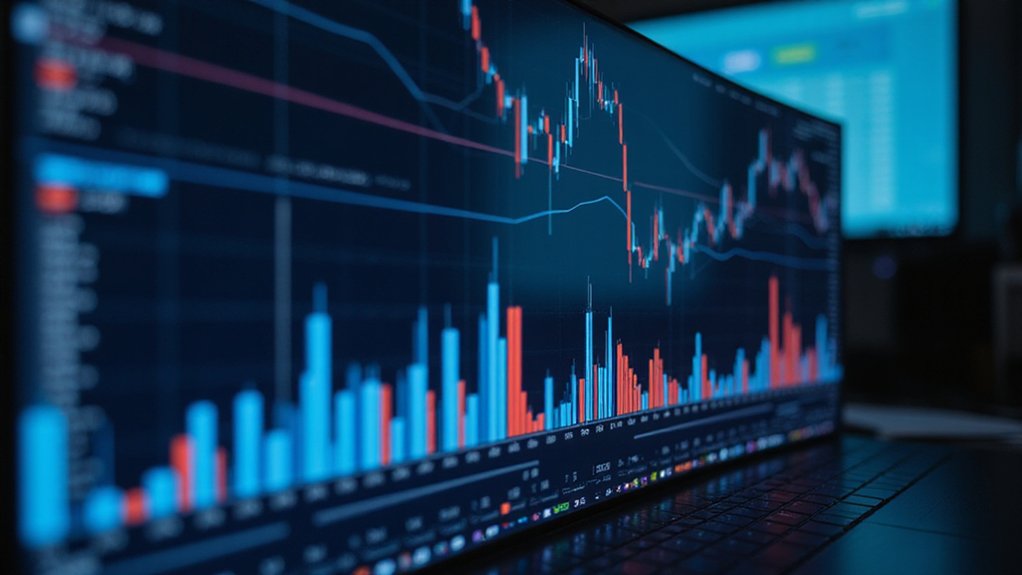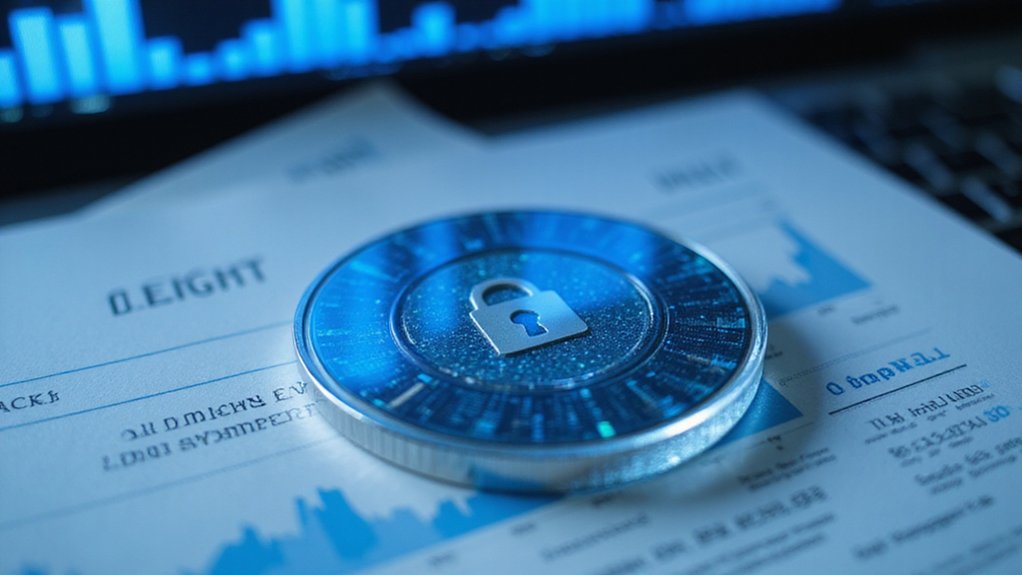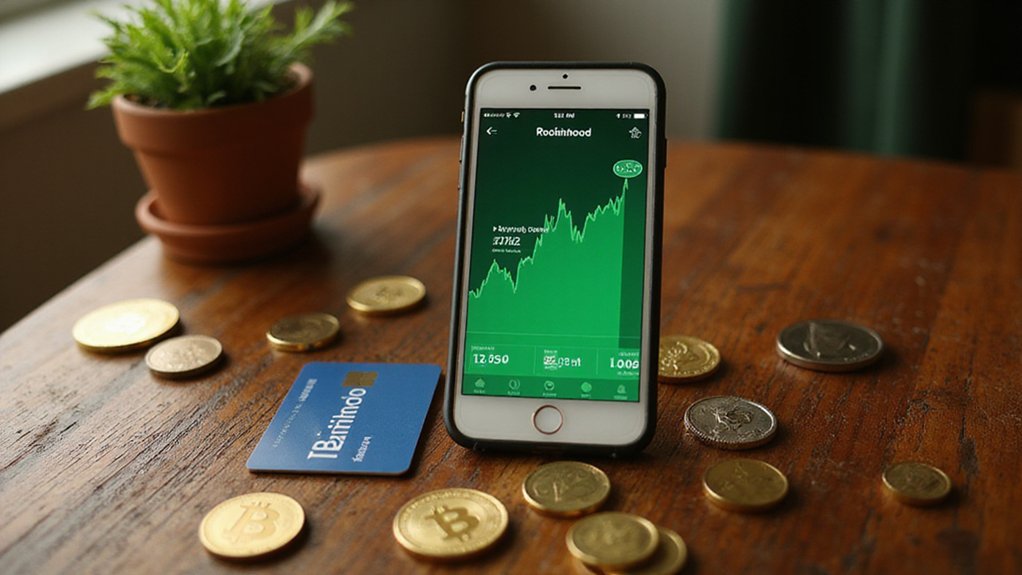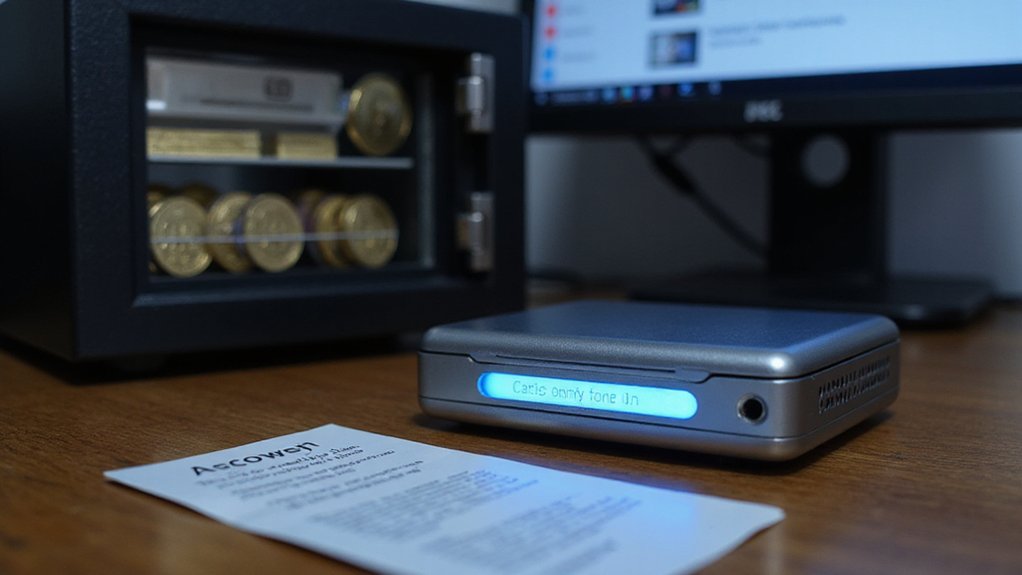In cryptocurrency markets, volume represents the total quantity of digital assets traded within a specific timeframe, typically measured in monetary value or units exchanged. It serves as a key market vitality indicator, offering insights into liquidity levels and validating price movements—substantial price shifts backed by high volume generally reflect genuine market sentiment, while similar action on thin volume suggests mere temporary fluctuation. Volume analysis helps identify entry and exit points, confirms trend strength, and reveals market conviction (though one should approach these metrics with healthy skepticism given crypto’s notorious wash trading). The rabbit hole of volume interpretation goes considerably deeper.
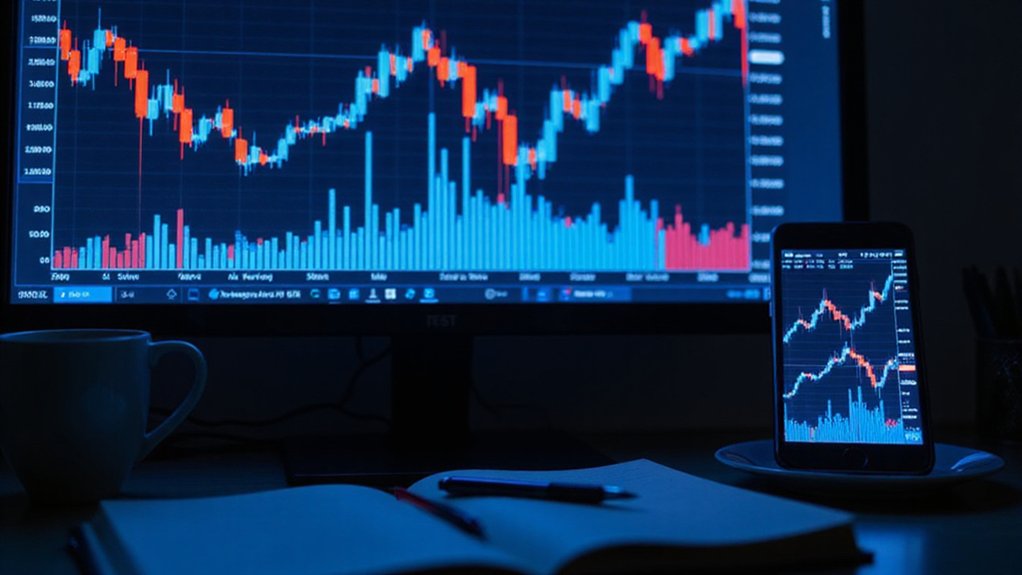
When investors venture into the cryptocurrency market, they inevitably encounter the term “volume”—a metric that, while seemingly straightforward, carries profound implications for trading strategies and market analysis.
In its essence, volume represents the total quantity of a digital asset traded within a specified timeframe, typically measured in monetary value or units exchanged.
This fundamental indicator serves as the pulse of market activity, offering insights into liquidity levels that even the most rudimentary trading strategies cannot afford to ignore.
The relationship between volume and price movements reveals much about market sentiment.
Volume speaks the truth when price whispers; it transforms fleeting market movements into meaningful signals of conviction.
Substantial price shifts accompanied by high trading volumes generally indicate genuine market sentiment, whereas similar price action occurring on thin volume might suggest a transitory fluctuation lacking substantive support. (One might reasonably question the wisdom of following price signals divorced from their volumetric context.)
Savvy traders leverage this relationship to identify opportune entry and exit points, recognizing that volume often precedes price—a phenomenon that continues to elude many retail investors fixated solely on price charts.
Volume’s significance extends beyond mere trade execution to encompass market integrity itself.
Higher volumes typically foster more efficient price discovery mechanisms, reducing the likelihood of manipulation tactics that plague less liquid cryptocurrencies. Recent regulatory changes in 2024 have required exchanges to collect detailed information from large-volume traders to ensure compliance and market integrity.
The implications for investors are considerable; assets trading on robust volumes generally exhibit more stable price action and tighter spreads, whereas low-volume alternatives may offer arbitrage opportunities alongside heightened volatility risk. Due to new UK rules, some cryptocurrency information pages may be temporarily unavailable as providers work to comply with regional regulations.
High trading volume often indicates strong market capitalization, which contributes significantly to overall stability by cushioning against dramatic price fluctuations during large transactions.
Analytical tools such as On-Balance Volume and Accumulation/Distribution indicators transform raw volume data into actionable intelligence, allowing traders to assess underlying market forces driving price movements.
These metrics help confirm trend strength or signal potential reversals—critical information in markets notorious for their volatility.¹
While volume analysis provides valuable market insights, one must approach the data with appropriate skepticism, recognizing that wash trading and other manipulative practices can distort volume figures.
In cryptocurrency markets—where regulatory oversight remains inconsistent at best—the ability to discern authentic trading activity from artificial inflation represents an essential skill for the discerning investor.
¹The interpretation of these signals requires contextual understanding rather than mechanical application.
Frequently Asked Questions
How Do I Calculate Crypto Volume Accurately?
To calculate crypto volume accurately, one must gather trade data from multiple verified exchanges, multiply each transaction’s coin quantity by its price, and sum these values over the specified timeframe.
Prudent analysts exclude suspicious markets (those without trading fees—a veritable playground for wash traders) and convert different quote currencies to a standardized unit like USD.
Reliable calculation necessitates cross-referencing diverse data sources while integrating real-time price fluctuations—no small feat in a market where manipulation lurks behind every suspiciously perfect chart.
Can Volume Predict Future Price Movements?
Volume can indeed signal future price movements, though not with absolute certainty.
Rising volume often precedes significant price action by indicating increased market participation and potential trend confirmation.
However, serious traders recognize volume as merely one component in a robust analytical framework—not a crystal ball.
While volume spikes frequently telegraph imminent volatility, the direction remains contingent on broader market context, concurrent indicators, and prevailing sentiment.
Smart money watches volume patterns alongside price action rather than in isolation.
Why Does Crypto Volume Fluctuate Across Different Exchanges?
Crypto volume fluctuates across exchanges due to several key factors: differences in user base size and geographic distribution; varying fee structures that attract different trader segments; discrepancies in available trading pairs and liquidity pools; regulatory environments affecting accessibility in certain regions; and technical infrastructure affecting execution speed and reliability.
Market makers also concentrate activities differently, creating liquidity imbalances.
Additionally, some exchanges’ volumes are artificially inflated through wash trading—a phenomenon that continues to plague market analysis despite increased scrutiny.
What’s the Difference Between Real and Fake Trading Volume?
Real trading volume reflects genuine market activity—legitimate transactions between independent buyers and sellers driven by actual supply and demand dynamics.
Fake volume, conversely, consists of artificial transactions (often wash trades) created to simulate market interest where none exists.
While real volume contributes to price discovery and market efficiency, fake volume distorts perceived liquidity and misleads traders.
Distinguishing between the two requires cross-referencing exchange data, analyzing order book depth, and watching for suspicious volume spikes untethered from market catalysts.
How Does Volume Affect Crypto Liquidity and Slippage?
Volume functions as cryptocurrency’s circulatory system—higher trading activity increases liquidity, creating a more efficient marketplace where assets flow between participants with minimal friction.
This abundant liquidity directly mitigates slippage (that frustrating price difference between expected and actual execution costs), as larger order books can absorb substantial trades without dramatic price impacts.
Conversely, low-volume markets exhibit the financial equivalent of viscous molasses, where even modest transactions trigger disproportionate price movements and costly slippage—a trader’s perpetual nemesis.
